Processor Upgrading FAQ: Processor Identification
Processor Upgrading FAQ: Processor Identification
[ Main Menu / Main FAQ Page / Processor Identification ]
Questions
- Identifying the AMD K5
- Identifying the AMD K6
- Cyrix 6×86/6x86L Notes
- Identifying the IBM 6×86 Ceramic Pin Grid Array
- Identifying the IBM 6x86L Ceramic Pin Grid Array
- Identifying the IBM 6x86MX Ceramic Pin Grid Array
- Identifying the Intel Pentium Classic Ceramic Pin Grid Array
- Identifying the Intel Pentium Classic Plastic Pin Grid Array
- Identifying the Intel Pentium w/ MMX Technology Ceramic Pin Grid Array
- Identifying the Intel Pentium w/ MMX Technology Plastic Pin Grid Array
- Identifying The Intel Pentium Pro
- Identifying The Intel Pentium II
Answers
- Identifying The AMD K5 Ceramic Pin Grid Array
- AMD K5 processor CPGA (chip top)
- Notes
- The K5 is Pentium-rated, and does not run at the speed given in its name.
The K5 PR166 runs at 116MHz (66×1.75).
- The K5 has unusual multiplers. When set to 1.5x or 2.0x, the chip actually runs at 1.5x. 2.5x is interpreted by the chip as 1.75x and a 3.0x setting on the motherboard becomes 2.0x in the chip.
- The K5 is Pentium-rated, and does not run at the speed given in its name.
- AMD K5 processor CPGA (chip top)
- Identifying The AMD K6 Ceramic Pin Grid Array
- AMD K6 processor CPGA (chip top)
- Notes
- Some boxed K6 chips come with a 3.4V CORE setting stamped on the chip. This is a mis-print. It should read 3.2V CORE.
- Some of the K6 chips may have their speed etched into the upper right hand corner of the brown ceramic. Some don’t.
- The etched dots on the chip likely contain encoded info similar to that of the Intel Pentium-II chip (product info, UCC code).
- AMD K6 processor CPGA (chip top)
- Cyrix 6×86/6x86L/6x86MX Notes
- Cyrix 6×86/6x86L processor CPGA (chip top)
- 6×86/6x86L Photos.
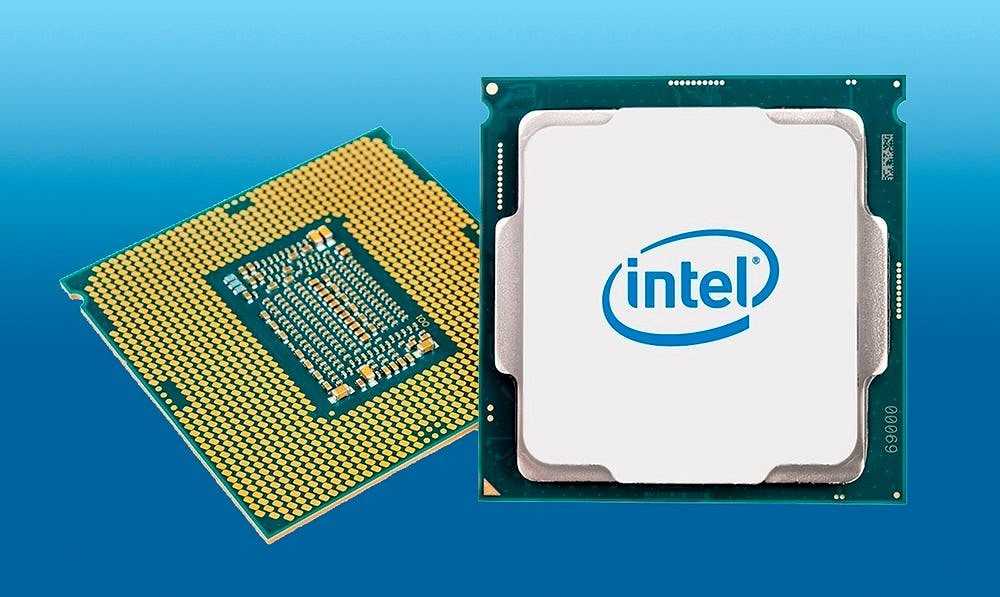
- 6×86/6x86L Photos.
- Cyrix 6×86/6x86L processor CPGA (chip bottom)
- G8DC6620#####
- G8 — Silicon process
- G8 — 2.x
- G9 — 3.x
- GA — 4.x (6x86L)
- DC — Unknown. Can be one or two letters
- 6 — Mask
- 3 — 2.4 (G8 process)
- 4 — 2.5 (G8 process)
- 5 — 2.6 (G8 process)
- 6 — 2.7 (G8 process)
- A — 3.7 (G9 process)
- B — 3.8 (G9 process)
- 6 — Year of manufacture (1996)
- 20 — Week of manufacture (20th week)
- ##### — Lot number
- G8 — Silicon process
- G8DC6620#####
- Notes
- The 6×86 and 6x86L chips are Pentium-rated. They do not run at the speeds indicated in their names.
- Cyrix 6×86/6x86L processor CPGA (chip top)
- Identifying The IBM 6×86 Ceramic Pin Grid Array
- IBM 6×86 processor CPGA (chip top)
- IBM 6×86 processor CPGA (chip bottom)
- Notes
- The PR150+ and PR166+ come in either 3.
 3v or 3.52v varieties. The PR200+ only comes in 3.52v.
3v or 3.52v varieties. The PR200+ only comes in 3.52v.
- The 6×86 is Pentium-rated, and does not run at the speed given in its name.
- The PR150+ and PR166+ come in either 3.
- IBM 6×86 processor CPGA (chip top)
- Identifying The IBM 6x86L Ceramic Pin Grid Array
- IBM 6x86L processor CPGA (chip top)
- IBM 6x86L processor CPGA (chip bottom)
- Notes
- The 6x86L is Pentium-rated, and does not run at the speed given in its name.
- IBM 6x86L processor CPGA (chip top)
- Identifying The IBM 6x86MX Ceramic Pin Grid Array
- IBM 6x86MX processor CPGA (chip top)
- IBM 6x86MX processor CPGA (chip bottom)
- Notes
- The 6x86MX PR166 comes in both 133MHz (66×2.0) and 150MHz (60×2.5) versions.
- The 6x86MX PR200 comes in both 166MHz (66×2.5) and 150MHz (75×2.0) versions.
- The 6x86MX PR233 comes in both 200MHz (66×3.0) and 188MHz (75×2.5) versions.
- The 6x86MX PR266 comes in a 208MHz (83×2.
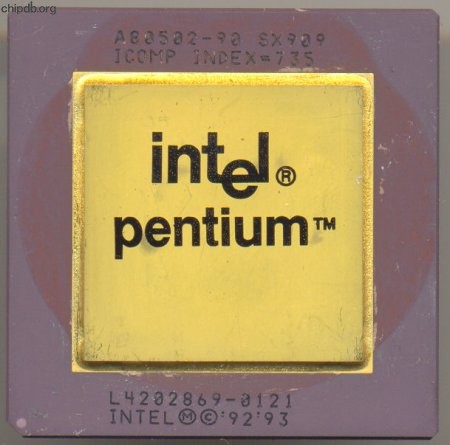 5) version.
5) version.
- The core voltage (Vcc2) of the 6x86MX was originally set at 2.8v, but Cyrix raised this to the now appropriate 2.9v.
- The 6x86MX is Pentium-rated, and does not run at the speed given in its name.
- IBM 6x86MX processor CPGA (chip top)
- Identifying The Intel Pentium Classic Ceramic Pin Grid Array
- Intel Pentium processor CPGA (chip top)
- Intel Pentium processor CPGA (chip bottom)
- Notes
- Engineering samples will contain the letters ‘ES‘ somewhere on the chip (often after the eight digit FPO#). They also have sSpec numbers that begin with a ‘Q‘.
- Intel Pentium processor CPGA (chip top)
- Identifying The Intel Pentium Classic Plastic Pin Grid Array
- Intel Pentium processor PPGA (chip top)
-
intel
pentium®i200
- i200 — Core speed
-
- Intel Pentium processor PPGA (chip bottom)
- Notes
- The Plastic Pin Grid Array IC package has a metal heat slug as well as exposed pins on the top of the chip package.
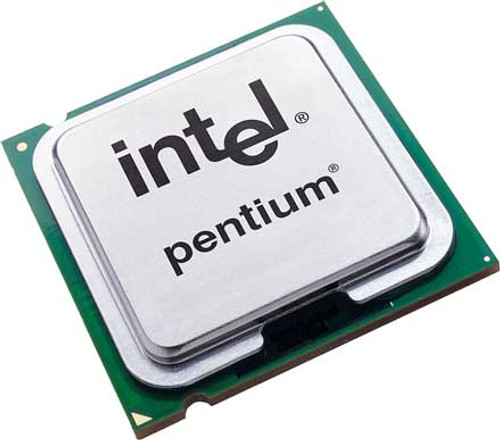 It is a 3mm tall, 49.5mm x 49.5mm black plastic chip carrier. It weighs about 18 grams and can with stand a maximum 100 pounds of force.
It is a 3mm tall, 49.5mm x 49.5mm black plastic chip carrier. It weighs about 18 grams and can with stand a maximum 100 pounds of force. - For the Plastic Pin Grid Array, Intel states:
«For PPGA packages, electrically conductive surfaces should not touch any part of the processor except the heatslug. For instance, an electrically conductive heatsink should not contact the exposed pins, the external capacitors, or the metal on the sides of the package.»
- Additionally:
«Intel cautions that components on the top and exposed metal on the side of the PPGA package can be shorted by any electrically conductive materials including heat sinks, thermal grease (if electrically conductive), and thermal grease foil carriers (if electrically conductive).»
- Whether or not the heatsink grease is electrically conductive, it should not be applied to any surfaces other than the top of the heat slug (metal heat spreader).
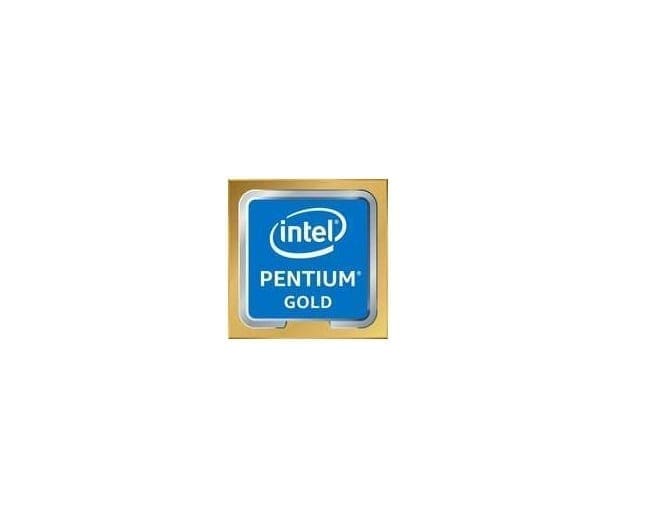
- Engineering samples will contain the letters ‘ES‘ somewhere on the chip (often after the eight digit FPO#). They also have sSpec numbers that begin with a ‘Q‘.
- The Plastic Pin Grid Array IC package has a metal heat slug as well as exposed pins on the top of the chip package.
- Intel Pentium processor PPGA (chip top)
- Identifying The Intel Pentium with MMX Technology Ceramic Pin Grid Array
- Intel Pentium processor w/ MMX CPGA (chip top)
- Intel Pentium processor w/ MMX CPGA (chip bottom)
- Notes
- The 166MHz desktop version of the Intel Pentium w/ MMX comes in both CPGA and PPGA packages. The 200MHz and 233MHz desktop versions come only in the PPGA carrier (except for the 200MHz SL2S9).
- Some versions of the 166MHz and 200MHz chip have a fixed multiplier setting.
- iCOMP 2.0 rating
- 166MHz Pentium MMX — 160
- 200MHz Pentium MMX — 182
- 233MHz Pentium MMX — 203
- 166MHz Pentium OverDrive w/ MMX — 157
- 180MHz Pentium OverDrive w/ MMX — 163
- 200MHz Pentium OverDrive w/ MMX — 181
- Engineering samples will contain the letters ‘ES‘ somewhere on the chip (often after the eight digit FPO#).
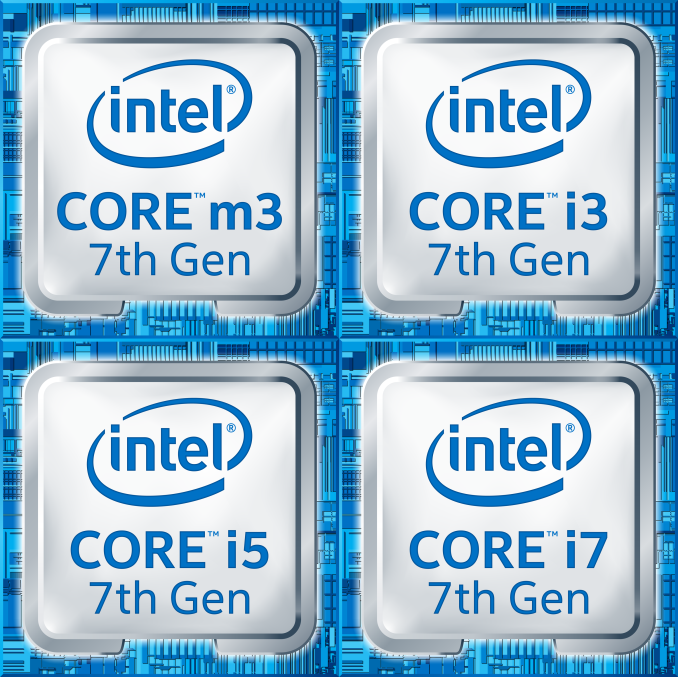 They also have sSpec numbers that begin with a ‘Q‘.
They also have sSpec numbers that begin with a ‘Q‘.
- Intel Pentium processor w/ MMX CPGA (chip top)
- Identifying The Intel Pentium with MMX Technology Plastic Pin Grid Array
- Intel Pentium processor w/ MMX PPGA (chip top)
- Intel Pentium processor w/ MMX PPGA (chip bottom)
- Notes
- The 166MHz desktop version of the Intel Pentium w/ MMX comes in both CPGA and PPGA packages. The 200MHz and 233MHz desktop versions come only in the PPGA carrier (except for a couple of 200MHz chips).
- Some versions of the 166MHz and 200MHz chip have a fixed multiplier setting.
- The Plastic Pin Grid Array IC package has a metal heat slug as well as exposed pins on the top of the chip package. It is a 3mm tall, 49.5mm x 49.5mm black plastic chip carrier. It weighs about 18 grams and can with stand a maximum 100 pounds of force.
- For the Plastic Pin Grid Array, Intel states:
«For PPGA packages, electrically conductive surfaces should not touch any part of the processor except the heat slug.
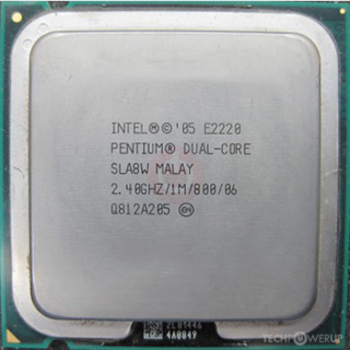 For instance, an electrically conductive heatsink should not contact the exposed pins, the external capacitors, or the metal on the sides of the package.»
For instance, an electrically conductive heatsink should not contact the exposed pins, the external capacitors, or the metal on the sides of the package.» - Additionally:
«Intel cautions that components on the top and exposed metal on the side of the PPGA package can be shorted by any electrically conductive materials including heat sinks, thermal grease (if electrically conductive), and thermal grease foil carriers (if electrically conductive).»
- Whether or not the heatsink grease is electrically conductive, it should not be applied to any surfaces other than the top of the heat slug (metal heat spreader).
- iCOMP 2.0 rating
- 166MHz Pentium MMX — 160
- 200MHz Pentium MMX — 182
- 233MHz Pentium MMX — 203
- Engineering samples will contain the letters ‘ES‘ somewhere on the chip (often after the eight digit FPO#). They also have sSpec numbers that begin with a ‘Q‘.
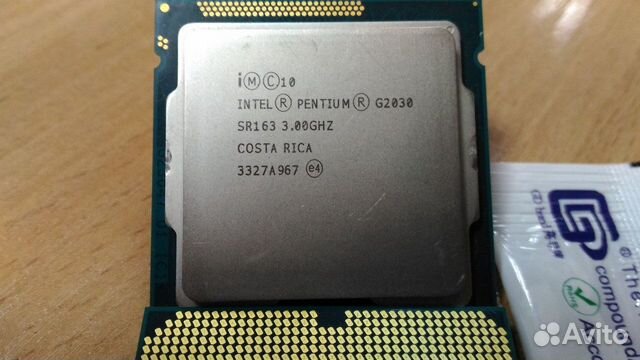
- Intel Pentium processor w/ MMX PPGA (chip top)
- Identifying The Intel Pentium Pro
- Intel Pentium Pro (chip top)
- Intel Pentium Pro (chip bottom)
- Intel Pentium Pro (chip top)
- Identifying The Intel Pentium II
- Intel Pentium II (top of SEC cartridge)
- Notes
- iCOMP 2.0 rating
- 233MHz Pentium II — 267
- 266MHz Pentium II — 303
- 300MHz Pentium II — 332
- 333MHz Pentium II — 366
- 350MHz Pentium II — 386
- 400MHz Pentium II — 440
- 450MHz Pentium II — 483
- 266MHz Celeron — 213
- 300MHz Celeron — 226
- 300MHz Celeron A — 296
- 333MHz Celeron — 318
- iCOMP 3.0 rating
- 350MHz Pentium II — 1000
- 400MHz Pentium II — 1130
- 450MHz Pentium II — 1240
- 450MHz Pentium III — 1500
- 500MHz Pentium III — 1650
- 550MHz Pentium III — 1780
- 600MHz Pentium III — 1930
- The 333MHz Deschutes processors will have a ‘2.
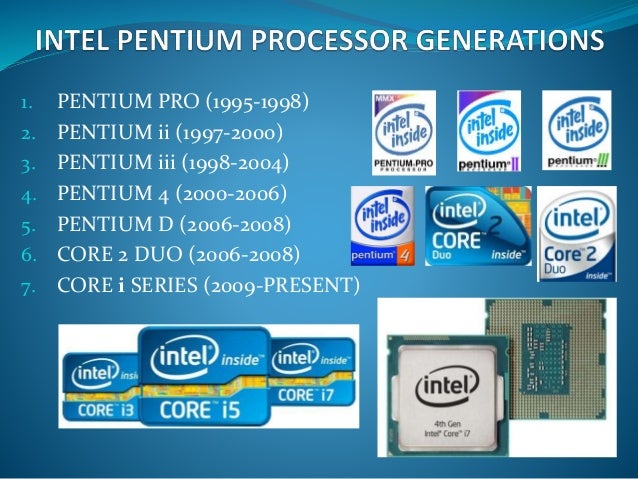 0V’ mark written after the sSpec number (SLzzz). The original 2.8 volt Klamath will not have any voltage written on the package. Also, the part number for the Deschutes processor is 80523.
0V’ mark written after the sSpec number (SLzzz). The original 2.8 volt Klamath will not have any voltage written on the package. Also, the part number for the Deschutes processor is 80523. - The Celeron chip does not have the SEC casing. The markings are written on the substrate.
- The 2-D Matrix code looks like a matrix (checkerboard) of dots. It contains the Intel UCC numbers, product code, and FPO number.
- Starting with the 366MHz Celeron, Intel is no longer using the iCOMP 2.0 performance rating system.
- iCOMP 2.0 rating
- Intel Pentium II (top of SEC cartridge)
Links
- AMD K5 Chip Markings.
- AMD K6 Chip Markings.
- AMD CPUID.
- Athlon MP/XP pdf — Processor recognition PDF for Athlon XP and MP CPUs.
- ctcm (ctcm16r.zip) — Gives steppings and current speed setting of processor.
- Cyrix 6×86 Chip Markings.
- 6×86 ID Utility — Determine CPU speed and chip revision.
- IBM 6×86 Part List.
- IBM 6x86L Module Layout.

- IBM 6x86MX Module Layout.
- Intel Pentium Processor Markings — Processor markings.
- CPUID — Determine the stepping of an Intel processor.
- iCOMP Index — iCOMP ratings.
- Intel Packaging Databooks — Datasheets on IC packages.
- Packaging Tech.
- Pentium II Packaging.
- Pentium III Packaging.
- Packing ID Codes — Identifications codes on processors.
- How to Identify the Pentium II Processor — ID codes on Pentium II chips.
- Pentium — Pentium and Pentium w/ MMX processors page.
- Pentium Pro — Pentium Pro processors page.
- Pentium II — Pentium II processors page.
- Pentium III — Pentium III processors page.
- Celeron — Celeron processors page.
- Xeon — Xeon processors page.
- P-III Xeon — Pentium III Xeon processors page.
Current URL: http://www.pchardwarelinks.com/cpu_id.htm
Designed by: Chris Hare
© 1997-Present by Chris Hare
Legal Stuff
Procesor Intel Pentium I 75 MHz A8050275 — 7540795457
- Aplikacja AllegroAplikacja Allegro
- Allegro Smart!Allegro Smart!
- Allegro PolecamAllegro Polecam
Oferta archiwalna.
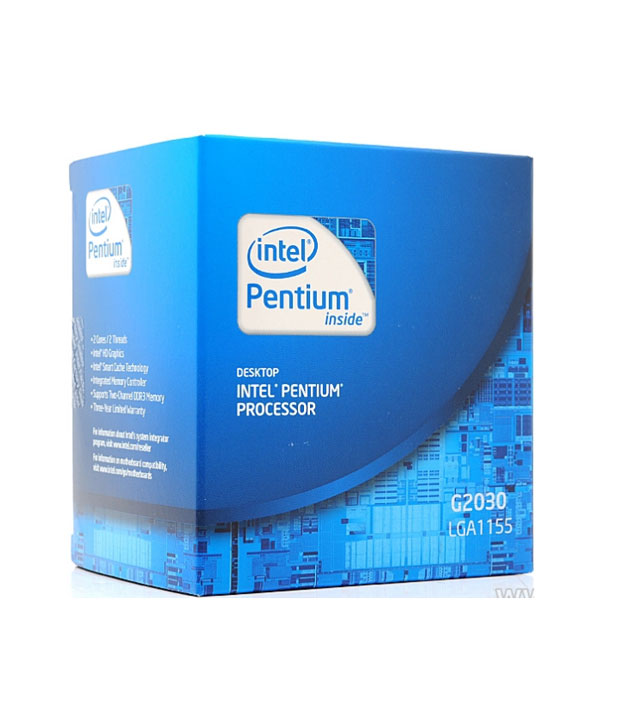 Zobacz aktualne oferty:
Zobacz aktualne oferty:
Oferta archiwalna
Procesor Intel Pentium I 75 MHz A8050275 (7540795457)
Kategoria: Procesory
Lokalizacja: Garbów
Zakończona o 21:04 dnia 16.09.2018 r.
Nie było ofert kupna
Wystawiono przez «Kup teraz» za 20,00 zł
Zobacz aktualne oferty
Sprzedający maryo_
Inne przedmioty sprzedającego z kategorii Procesory Wszystkie przedmioty sprzedającego
Uzyskaj pomoc w sprawie oferty
Parametry
- Stan
- Liczba rdzeni procesora
- 1
Opis
Stan: nieznany.
Taktowanie: 75 MHz
Oznaczenia: A8050275 SX969, ICOMP INDEX=610, 85500065-0884, Intel ’92’93, 55400680BD, A8050275, SX969/SSS, i75
Top produkty na Allegro
od
8,99 zł
Filtr Invest do odkurzacza Electrolux, Philips
od 4 sprzedawców
od
12,42 zł
Filtr Asahi do odkurzacza Electrolux, Philips
od 4 sprzedawców
od
584,99 zł
Żelazko Philips GC5034/20 3000 W
od 6 sprzedawców
od
114,90 zł
Robot kuchenny Mixcover THERMOMIX 0 W
od 3 sprzedawców
od
429,90 zł
Robot kuchenny Wundermix TM6 TM5 TM31 0 W
od 1 sprzedawcy
od
664,00 zł
Gigabyte komputer mini PC GB-BACE-3160
od 15 sprzedawców
od
3339,00 zł
Powered by ASUS CORE i7 11700K 16GB SSD 1TB W10
od 1 sprzedawcy
od
68,00 zł
Głośnik przenośny Blow BT460 czarny
od 11 sprzedawców
od
149,99 zł
Smartwatch TikTak 2. 0 czarny
0 czarny
od 2 sprzedawców
od
139,99 zł
Długopis 3D Intmix DŁUGOPIS 3D PEN 2023
od 2 sprzedawców
od
278,88 zł
Radio sieciowe FM Adler AD1187
od 80 sprzedawców
od
290,00 zł
Krajalnica tarka warzyw do Thermomix
od 1 sprzedawcy
od
1536,65 zł
Zmywarka do zabudowy Bomann TSG 7402
od 1 sprzedawcy
od
38,50 zł
UGREEN HD140 Kabel HDMI 2.1, 8K 60Hz, 2m
od 61 sprzedawców
od
129,99 zł
Netgear GS908E Zarządzany Gigabit Ethernet (10/100/1000) Czarny, Biały
od 1 sprzedawcy
od
1675,00 zł
Smartwatch Huawei Watch GT 3 Pro Elite srebrny
od 7 sprzedawców
od
83,23 zł
Dyfuzor zapachowy do samochodu mały długotrwały
od 13 sprzedawców
od
2599,00 zł
Teleskop Automatic 90/1250 GoTo National Geographi
od 1 sprzedawcy
od
165,38 zł
Grzejnik elektryczny TEESA TSA8035 800 W
od 30 sprzedawców
Korzystanie z serwisu oznacza akceptację regulaminu.
Comparison of AMD Opteron X2 175 and Intel Pentium 4 HT 521
Comparative analysis of AMD Opteron X2 175 and Intel Pentium 4 HT 521 processors according to all known characteristics in the categories: General information, Performance, Compatibility, Memory, Security and reliability, Technology, Virtualization.
Analysis of processor performance by benchmarks: Geekbench 4 — Single Core, Geekbench 4 — Multi-Core.
AMD Opteron X2 175
versus
Intel Pentium 4 HT 521
Benefits
Reasons to choose AMD Opteron X2 175
- Newer processor, 2 month(s) difference in release dates: 2 more applications to run at the same time, 1 more applications to run at the same time
- vs 1
- L1 cache is 8x larger, meaning more data can be stored in it for quick access
| Release date | August 2005 vs June 2005 |
| Number of cores | 2 vs 1 |
| Level 1 cache | 128 KB vs 16 KB |
| Maximum number of processors in | 2 vs 1 |
reasons to choose Intel Pentium 4 HT 521
- about 27% more clock frequency: 2.
 8 GHZ VS 2.2 GHZ
8 GHZ VS 2.2 GHZ - about 31% less energy consumption: 84 WATT VS 110 WATT
| Maximum frequency | 2.8 GHz vs 2.2 GHz |
| Power consumption (TDP) | 84 Watt vs 110 Watt |
Benchmark comparison
CPU 1: AMD Opteron X2 175
CPU 2: Intel Pentium 4 HT 521
| Name | AMD Opteron X2 175 | Intel Pentium 4 HT 521 |
|---|---|---|
| Geekbench 4 — Single Core | 801 | |
| Geekbench 4 — Multi-Core | 906 |
Performance comparison
| AMD Opteron X2 175 | Intel Pentium 4 HT 521 | |
|---|---|---|
| Architecture name | Denmark | Prescott |
| Production date | August 2005 | June 2005 |
| Place in the ranking | not rated | 2059 |
| Applicability | Server | Desktop |
| Processor Number | 521 | |
| Series | Legacy Intel® Pentium® Processor | |
| Status | Discontinued | |
| Support 64 bit | ||
| Level 1 cache | 128KB | 16KB |
| Level 2 cache | 1024KB | 1024KB |
| Process | 90nm | 90nm |
| Maximum frequency | 2. 2 GHz 2 GHz |
2.8 GHz |
| Number of cores | 2 | 1 |
| Number of transistors | 233 million | 125 million |
| Base frequency | 2.80 GHz | |
| Bus Speed | 800 MHz FSB | |
| Crystal area | 112 mm2 | |
| Maximum core temperature | 67.7°C | |
| Permissible core voltage | 1. 200V-1.425V 200V-1.425V |
|
| Maximum number of processors in | 2 | 1 |
| Supported sockets | 939 | PLGA775 |
| Power consumption (TDP) | 110 Watt | 84 Watt |
| Low Halogen Options Available | ||
| Package Size | 37.5mm x 37.5mm | |
| Supported memory types | DDR1, DDR2, DDR3 | |
| Execute Disable Bit (EDB) | ||
| Intel® Trusted Execution Technology (TXT) | ||
| Enhanced Intel SpeedStep® Technology | ||
| Idle States | ||
| Intel 64 | ||
| Intel® Demand Based Switching | ||
| Intel® Hyper-Threading Technology | ||
| Intel® Turbo Boost Technology | ||
| Intel® Virtualization Technology (VT-x) |
Comparison of AMD Opteron X2 175 and Intel Pentium 4 HT 660
Comparative analysis of AMD Opteron X2 175 and Intel Pentium 4 HT 660 processors by all known characteristics in the categories: General information, Performance, Compatibility, Memory, Security and reliability, Technology, Virtualization.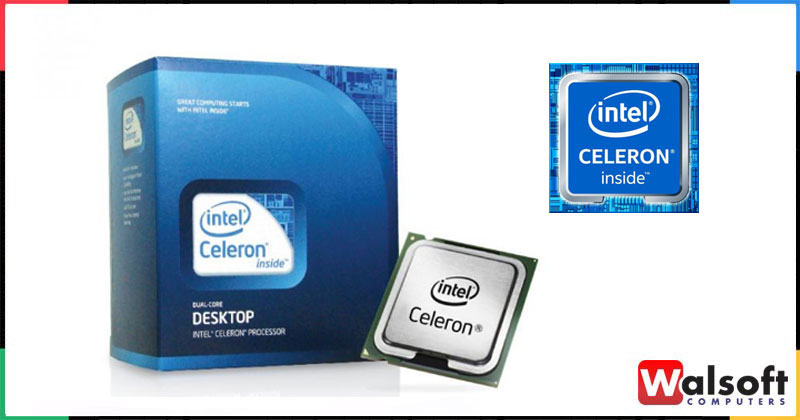
Analysis of processor performance by benchmarks: Geekbench 4 — Single Core, Geekbench 4 — Multi-Core.
nine0003
AMD Opteron X2 175
versus
Intel Pentium 4 HT 660
Benefits
Reasons to choose AMD Opteron X2 175
- Newer processor, 6 month(s) difference in release dates: 2 more applications to run at the same time
- vs 1
- L1 cache is 4.6 times larger, which means more data can be stored in it for quick access
- About 5% less power consumption: 110 Watt vs 115 Watt
| Issue date | August 2005 vs February 2005 |
| Number of cores | 2 vs 1 |
| Level 1 cache | 128 KB vs 28 KB |
| Maximum number of processors per configuration | 2 vs 1 |
| Power consumption (TDP) | 110 Watt vs 115 Watt |
Reasons to choose Intel Pentium 4 HT 660
- Approximately 64% more clock speed: 3.
 6 GHz vs 2.2 GHz
6 GHz vs 2.2 GHz - 2x larger L2 cache means more data can be stored in it for quick access
| Maximum frequency | 3.6 GHz vs 2.2 GHz |
| Level 2 cache | 2048 KB vs 1024 KB |
Benchmark comparison
CPU 1: AMD Opteron X2 175
CPU 2: Intel Pentium 4 HT 660
| Title | AMD Opteron X2 175 | Intel Pentium 4 HT 660 |
|---|---|---|
| Geekbench 4 — Single Core | 975 | |
| Geekbench 4 — Multi-Core | 1106 |
Performance comparison
| AMD Opteron X2 175 | Intel Pentium 4 HT 660 | |
|---|---|---|
| Architecture name | Denmark | Prescott |
| Production date | August 2005 | |
| Place in the ranking | not rated | 1837 |
| Applicability | Server | Desktop |
| Processor Number | nine0029 660 | |
| Series | Legacy Intel® Pentium® Processor | |
| Status | Discontinued | |
| Support 64 bit | ||
| Level 1 cache | 128KB | 28KB |
| Level 2 cache | 1024KB | 2048KB |
| Process | 90nm | |
| Maximum frequency | 2.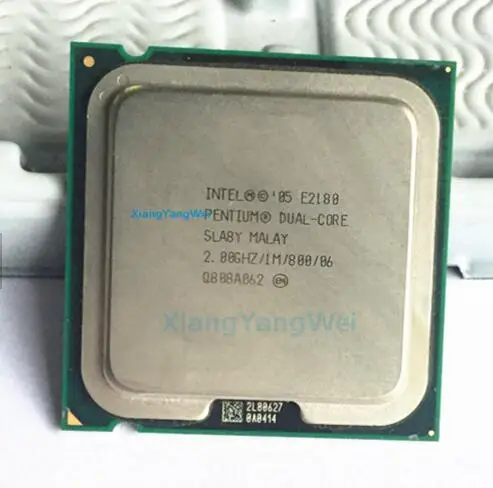 2 GHz 2 GHz |
3.6 GHz |
| Number of cores | 2 | 1 |
| Number of transistors | 233 million | |
| Base frequency | 3.60 GHz | |
| Bus Speed | 800 MHz FSB | |
| Crystal area | 135 mm2 | |
| Maximum core temperature | 70.8°C | |
| Permissible core voltage | 1. |
